Kitsap Transit partners with Salish Behavioral Health to place naloxone cabinets at transit hubs
Cabinets with free naloxone have been installed at the Port Orchard Ferry Dock and Bremerton Transportation Center.
In recent weeks, Kitsap Transit passengers may have noticed purple cabinets at the Bremerton Transportation Center and Port Orchard Ferry Dock. Those cabinets are full of naloxone (brand name Narcan), a life-saving medication that can reverse the effects of opioid overdose.
The cabinets, which were installed on October 8, are part of a new partnership between Kitsap Transit and the Salish Behavioral Health Administrative Services Organization (BHASO) to provide naloxone for free at transit hubs in Bremerton and Port Orchard.
“Kitsap Transit is pleased to be partnering with the Salish Behavioral Health Administrative Service Organization to place these cabinets,” said Kitsap Transit Executive Director John Clauson. “By hosting these cabinets, we’re working with our community to take a proactive step toward saving lives.”
Naloxone rapidly reverses the effects of an opioid overdose by binding the opioid receptors in the brain. It can help someone who has stopped breathing because of an overdose start breathing again.
Salish BHASO Outreach Program Manager Kelsey Clary said partnering with a transit agency will help increase the general public’s awareness of naloxone.
“I think it de-stigmatizes naloxone very significantly to have this partnership with a transit authority that is providing a public service to folks from all walks of life,” Clary said.
Salish BHASO contacted Kitsap Transit early last year about the possibility of hosting cabinets.
While transit centers can be hotspots for opioid overdoses, they’re also hubs for commuters and people who travel across county lines. Making it easier to access naloxone increases the odds that someone will have it on hand in an emergency.
“It really is about, ‘How can we saturate this in the community so that when an overdose happens, someone around that person has naloxone,’” Clary said.
People who use illegal opioids aren’t the only ones at risk of an overdose. People who have a prescription for opioids, especially those with elderly family members or children in their home, all benefit from easy access to naloxone, Clary said.
“We really were able to invest in this opportunity to expand that access, because there are so many folks who don't go to a treatment agency who still can benefit from carrying naloxone,” Clary said.
Salish BHASO has been working with other community partners to place the cabinets. The agency also maintains a list and map of every naloxone distribution location in Kitsap, Jefferson and Clallam Counties.
According to data from the Kitsap Public Health District, fatal overdoses in Kitsap County declined in 2024 after reaching a high in 2023. The increased availability of naloxone—and the statewide standing order that acts as a prescription for anyone distributing it—is one of several factors contributing to the decline.
“Naloxone can save a life when it is available in the right place at the right time,” said Dr. Herbie Duber, interim health officer for the Kitsap Public Health District. “We applaud the efforts of organizations that make naloxone freely accessible in public places throughout Kitsap County. These initiatives are helping to prevent overdose deaths as we work together to promote substance use prevention, treatment, and recovery.”
Additionally, Washington State’s Good Samaritan Law protects people who call 911 or take an overdose victim to the hospital from being charged with drug use, possession, or underage drinking. It’s meant to encourage people witnessing a potential overdose to act, Clary said.
“I would really argue it is a service to the public, to your community, to your neighbor, to have naloxone,” Clary said.
For more information about how to use naloxone, visit Salish BHASO’s website here.

